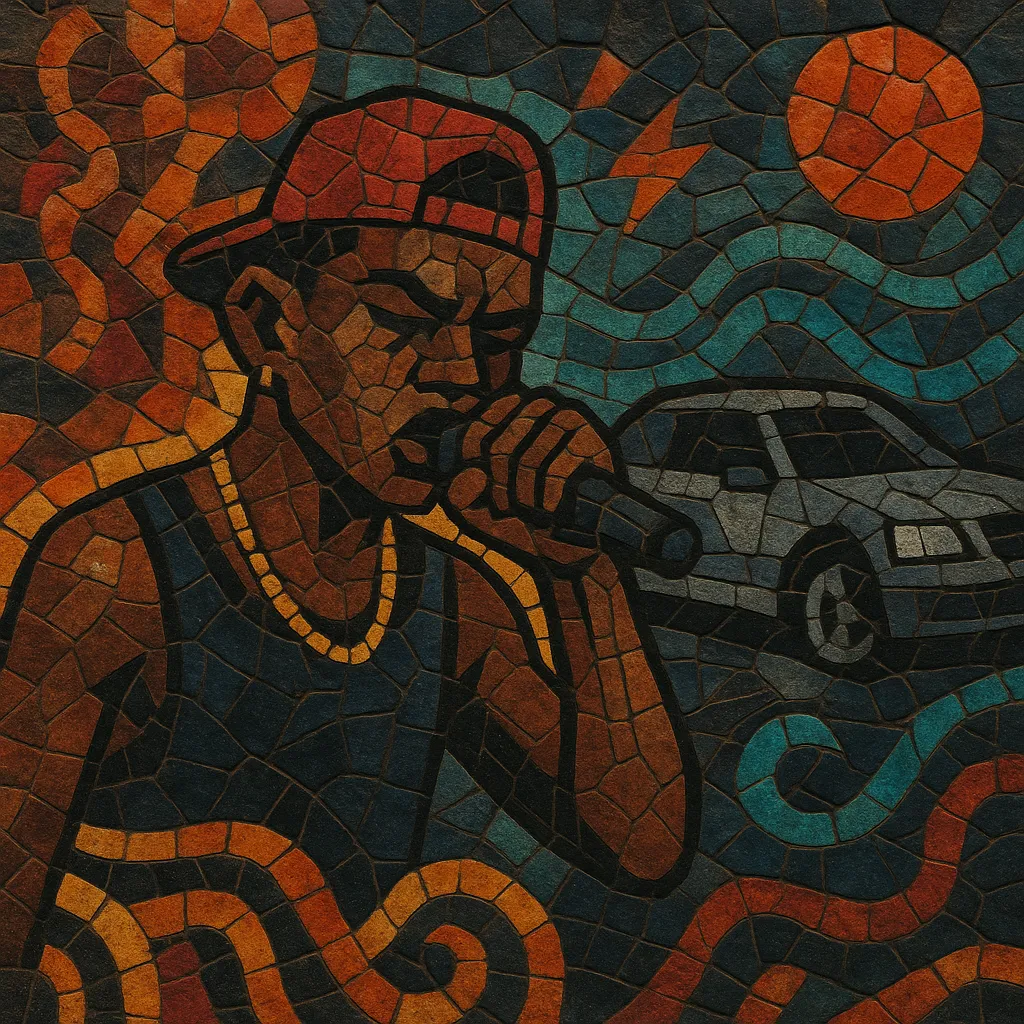Trapfunk is a Brazilian hybrid that fuses the drum programming, 808 bass, and hi‑hat articulations of trap with the syncopated tamborzão grooves, vocal cadences, and party‑ready attitude of funk carioca (baile funk).
Tracks typically balance sparse, hard‑hitting trap frameworks with driving Brazilian funk percussion at 130–150 BPM, sliding 808s, and vocal deliveries that alternate between melodic hooks and rapid-fire chants. Lyrically, it draws on the street storytelling, ostentation, and party culture of the baile while adopting the darker textures and sound design of contemporary trap.
The result is a club-optimized, bass-forward style that feels equally at home in the baile, on streaming playlists, and across social platforms, linking Brazil’s local funk scenes to global trap aesthetics.
Trapfunk emerged in Brazil as producers and MCs began combining the minimal, 808‑driven language of trap with the rhythmic DNA of funk carioca. Early experiments appeared across Rio de Janeiro, São Paulo, and Bahia scenes, where baile funk’s percussion beds and call‑and‑response hooks were layered under trap’s half‑time feel and sliding sub‑bass.
As the 150 BPM wave of baile funk gained traction, producers cross‑pollinated it with trap drums, achieving an energetic yet spacious mix: crisp claps and ticking hi‑hats met the tamborzão and tom grooves. Vocals began to shift between melodic hooks and gritty, percussive flows, often in Portuguese with heavy local slang.
YouTube channels, SoundCloud, and later TikTok/Instagram Reels accelerated the style’s spread, turning regional hits into national moments. Collaborations between trap artists and baile funk MCs further normalized the blend, while festival and club DJs adopted trapfunk as a peak‑time, bass‑weight tool.
Trapfunk remains a flexible umbrella: some tracks lean darker and minimal like trap; others amp up baile funk percussion for dancefloor intensity. Its hybrid identity has influenced adjacent Brazilian sounds (e.g., phonk variations and funktronica) and continues to serve as a bridge between local baile culture and global hip‑hop/trap trends.


